Buenos Aires reveals a patrimonial wealth that goes beyond the usual circuits. This collection gathers places that tell the story of the Argentine capital through its architecture, green spaces, and cultural institutions. From the XVIIIth-century tunnel network of El Zanjón de Granados to the 22 stories of Palacio Barolo, these sites reflect the city's urban evolution. The itinerary includes diverse sites such as Palermo's Japanese Garden with its ponds and pavilions, the Museo de Arte Español Enrique Larreta showcasing works from the Middle Ages to the 20th century, and the moving Floralis Genérica sculpture whose petals open at sunrise. Neighborhoods like San Telmo, Barracas, and Colegiales offer architectural discoveries such as 19th-century passages, facades decorated with mosaics on Calle Lanín, and the Mercado de las Pulgas filled with Argentine antiques. These locations allow exploring Buenos Aires beyond postcards and observe how the city has preserved its history while growing. Each site provides a different perspective on porteña culture, from Carlos Gardel’s tango to European and Asian influences shaping the city’s identity.
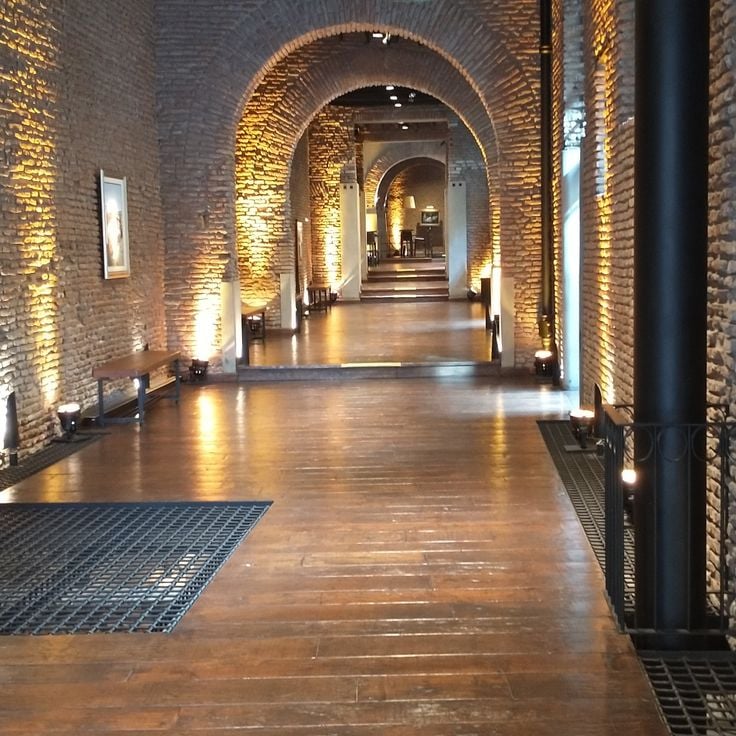
San Telmo, Argentina
El Zanjón de Granados is an archaeological museum housed in a 19th-century residence. Excavations uncovered a system of tunnels, cisterns and foundations dating back to the 18th century. These underground structures served the water supply and drainage needs of the colonial city. The building itself underwent multiple renovations and displays different construction phases of urban development. Guided tours lead visitors through the restored basement vaults and passages.

Buenos Aires, Argentina
Pasaje Rivarola was built in 1915 and forms a typical residential street from the early 20th century. The buildings display colonial style elements with wrought iron balconies and preserved original streetlamps. This passage connects Tucumán and Viamonte streets in the San Nicolás neighborhood and maintains its original character as a pedestrian walkway between the larger traffic routes.
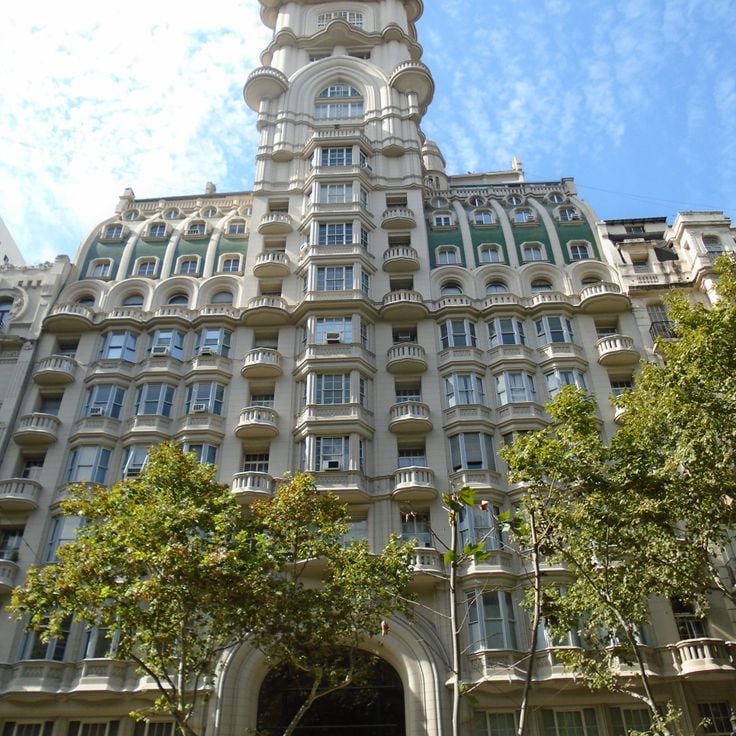
Buenos Aires, Argentina
The Palacio Barolo was constructed in 1923 following designs by Italian architect Mario Palanti and rises to a height of 100 meters. The building features 22 floors and is crowned by a lighthouse that originally served as a navigational aid for the port. The palace's architecture symbolically follows the structure of Dante's Divine Comedy, with divisions representing Hell, Purgatory, and Paradise. The construction remained South America's tallest building until 1935 and currently houses offices and event spaces.
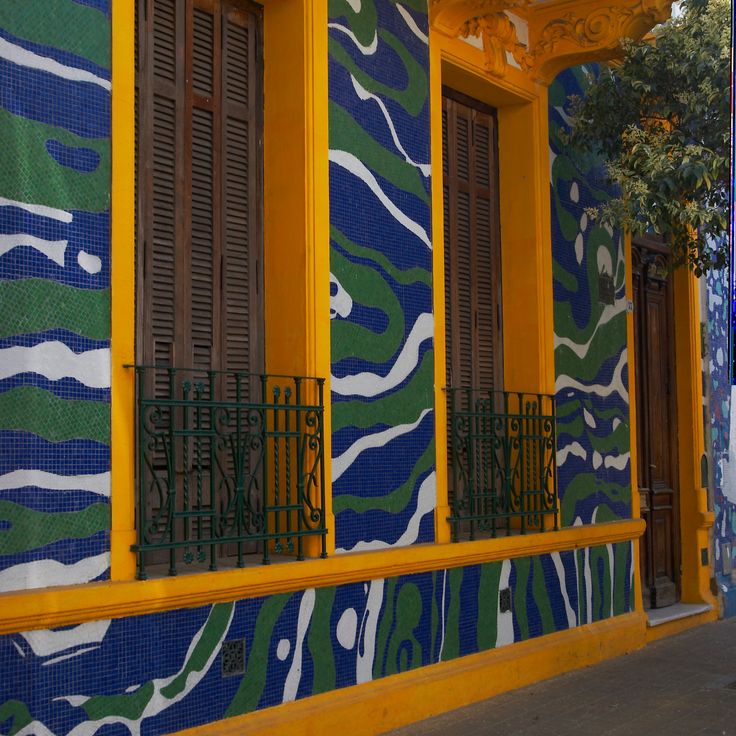
Barracas, Buenos Aires, Argentina
Calle Lanín stretches for 200 meters in the Barracas neighborhood and displays the artistic work of painter Marino Santa María. Between 2001 and 2009, he decorated the facades of 35 houses with colorful ceramic mosaics depicting scenes from daily life, history, and Argentine culture. This street became an open-air gallery through the community art project, attracting visitors from across the city. The mosaic works transform the residential buildings into colorful artworks, creating a distinctive place in this working-class neighborhood of Buenos Aires.
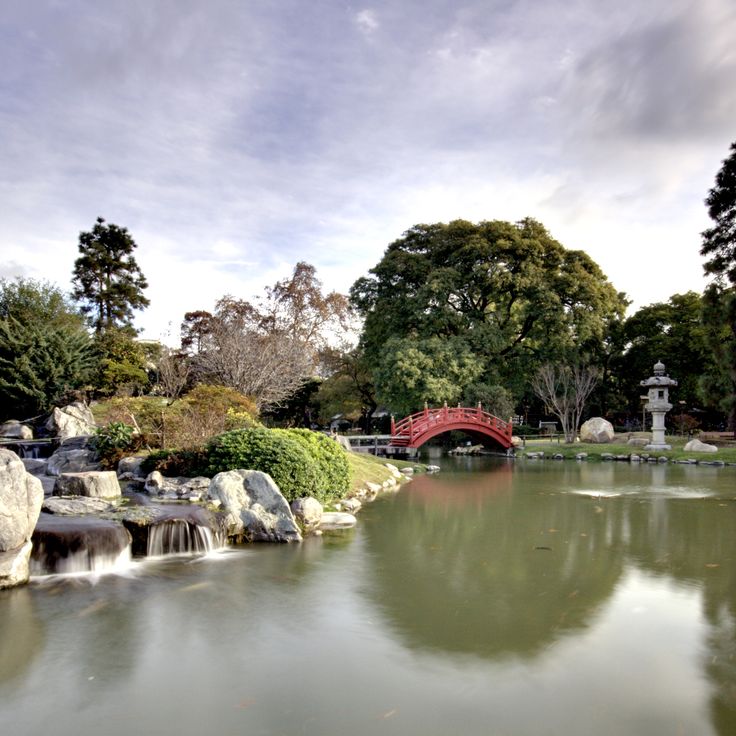
Buenos Aires, Argentina
The Jardín Japonés de Buenos Aires covers several hectares in the Palermo neighborhood and was created in the 1960s by the Japanese community. The garden follows principles of traditional Japanese landscape design with winding paths connecting various ponds, several red wooden bridges, and pavilions in Japanese architectural style. The grounds contain a collection of bonsai trees, Japanese maples, cherry trees, and azaleas. A cultural center hosts exhibitions on Japanese art and traditions. Koi fish inhabit the lake, and stone lanterns line the pathways. The on-site restaurant serves Japanese cuisine, and the gift shop sells ceramics and handicrafts from Japan.
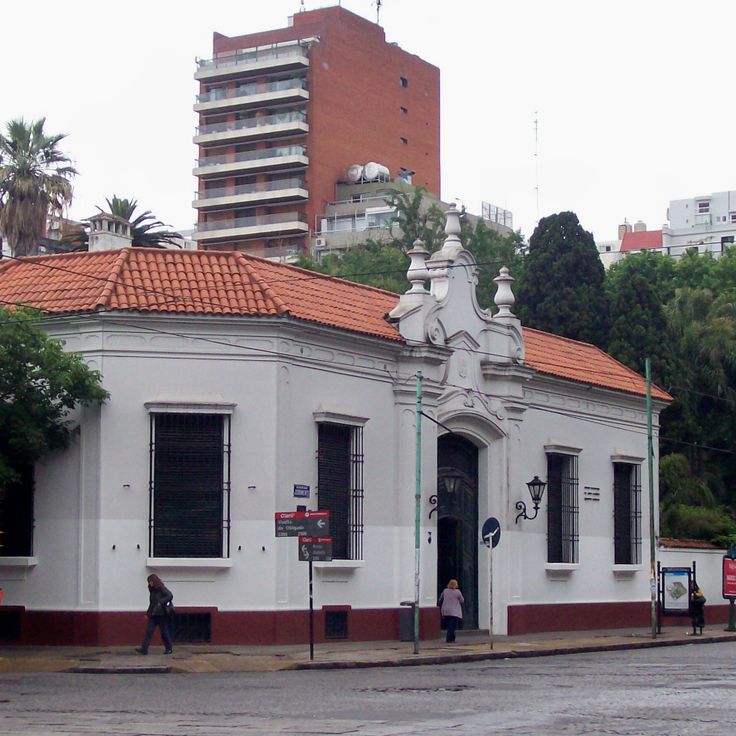
Buenos Aires, Argentina
The Museo de Arte Español Enrique Larreta occupies an early 20th-century villa in the Belgrano neighborhood. The collection features Spanish artworks from the Medieval period through the 20th century, including paintings, sculptures, ceramics, and religious objects. The building itself was constructed in Andalusian style and once housed Argentine writer Enrique Larreta. Exhibition rooms display works within historic interiors featuring wooden ceilings and tiles. The adjacent Andalusian-style garden extends across multiple terraces with fountains, pergolas, and Mediterranean vegetation.
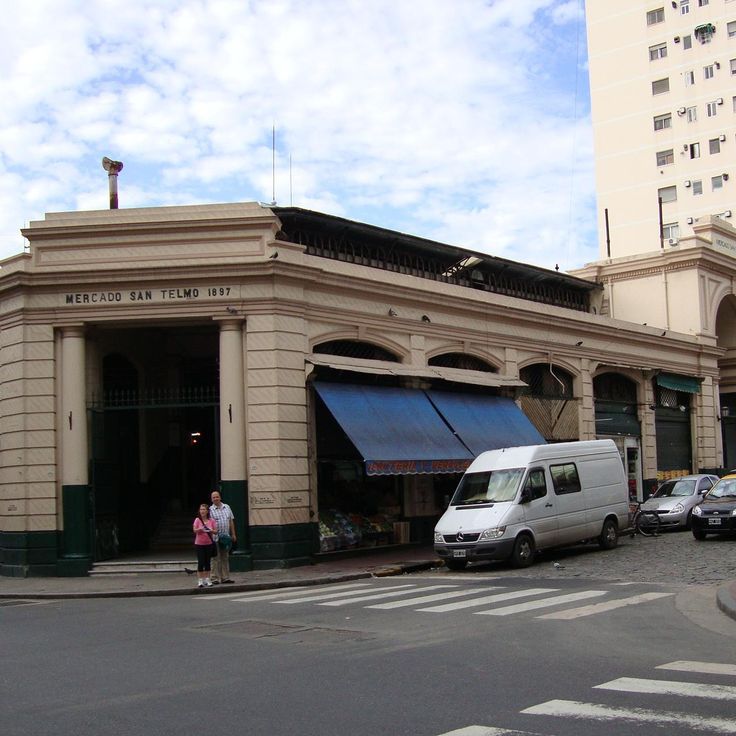
Colegiales, Argentina
The Mercado de las Pulgas is an antiques market in the Colegiales neighborhood where vendors offer furniture, artworks, decorative items, and collectibles from different periods of Argentine history. Visitors find a selection of historical objects, from Art Nouveau lamps to colonial chests, as well as vintage clothing and old records. The market takes place regularly and attracts collectors, interior designers, and tourists looking for authentic souvenirs.

Abasto, Argentina
The Museo Casa Carlos Gardel occupies the former residence of the tango singer in the Abasto neighborhood. The exhibition presents his stage wardrobe, handwritten letters, musical scores, and recordings from his career between 1917 and 1935. Visitors discover his bedroom, dining room, and the courtyard where he rehearsed. The museum documents his life from his childhood in the conventillos to his death in Medellín in 1935.
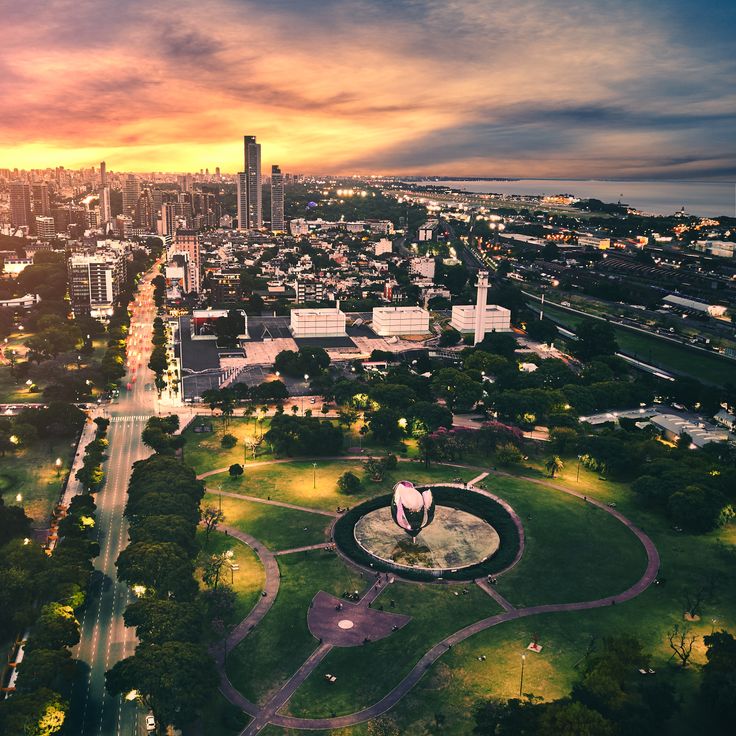
Buenos Aires, Argentina
The Floralis Genérica rises as a 23-meter-tall metal sculpture in the Recoleta neighborhood. This installation, designed by Argentine architect Eduardo Catalano, represents a giant flower made of polished aluminum and stainless steel, with six petals controlled by a hydraulic system. The flower opens each morning and closes at sunset, reflecting daylight and revealing its red interior surfaces at night. Inaugurated in 2002, the sculpture weighs 18 tons and features an automated mechanism that responds to light conditions. The work stands in a public park at Plaza de las Naciones Unidas and symbolizes the daily renewal of nature.
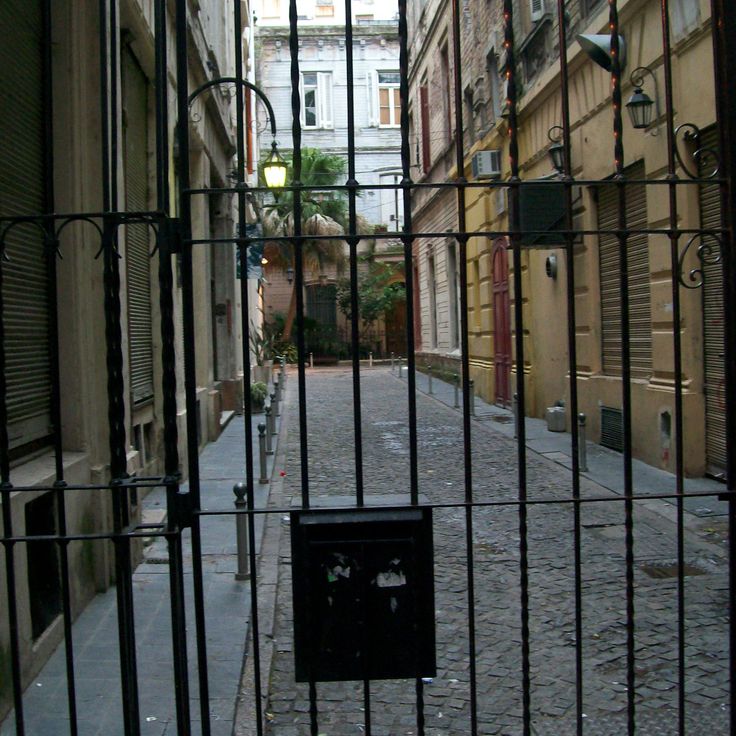
Buenos Aires, Argentina
Pasaje de la Piedad connects two streets in the historic center through a narrow passage. The buildings date from the 19th century and display facades with ornamental details, stucco work and original wooden windows. This passage represents one of the preserved examples of residential architecture from the post-independence period of Argentina. The two-story structures show typical elements of the era's construction methods, with wrought iron balconies and entrance portals featuring decorated door frames.
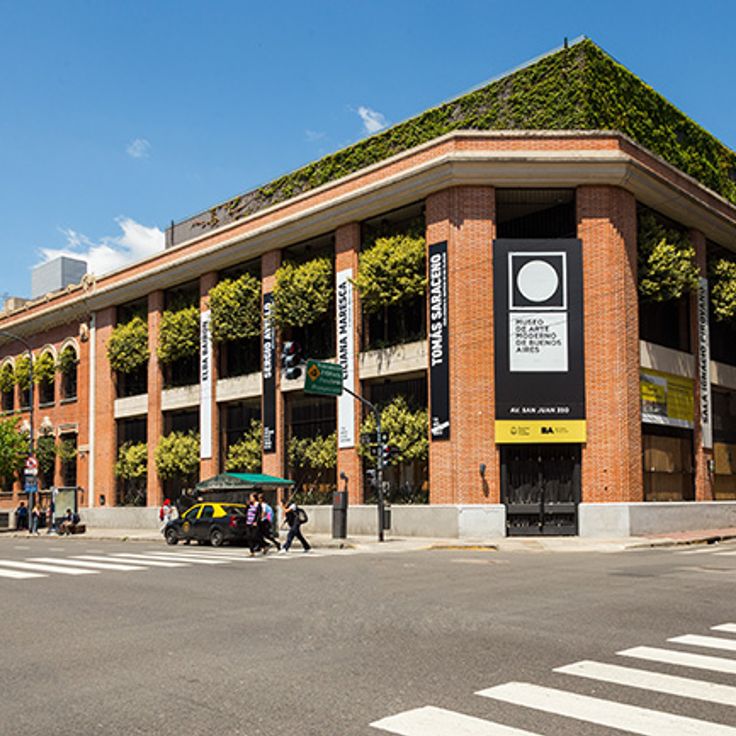
San Telmo, Argentina
The Museo de Arte Moderno de Buenos Aires displays its collection of 7000 works in a converted 1918 tobacco factory building in the historic San Telmo neighborhood. The exhibition spaces present paintings, sculptures, photographs and installations by Argentine artists from the 20th and 21st centuries, alongside works by international contemporaries. The museum organizes temporary exhibitions, film screenings and educational programs focused on modern and contemporary art.
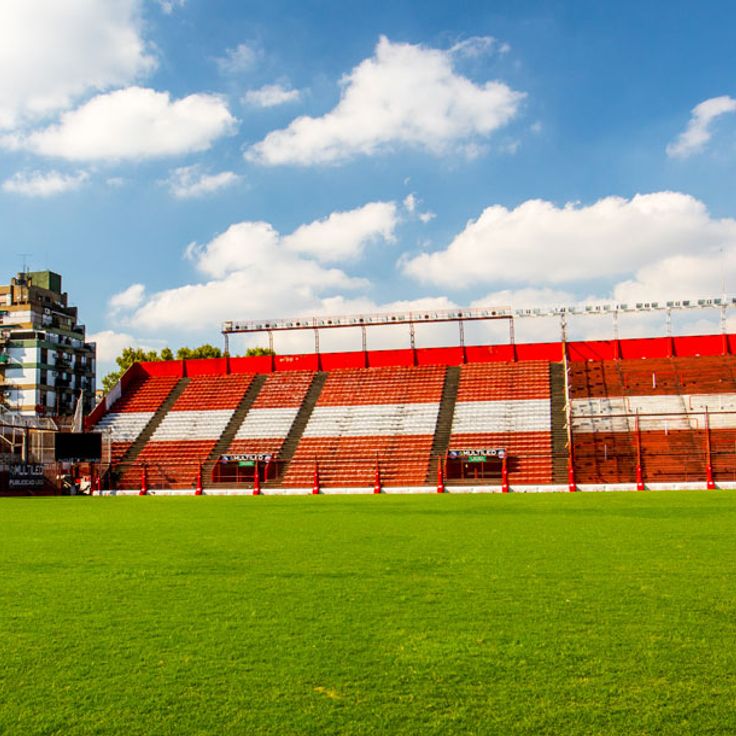
La Paternal, Buenos Aires, Argentina
The Estadio Diego Armando Maradona is a football stadium with a capacity of 24,363 seats located in the La Paternal neighborhood. This is where Diego Maradona began his professional career with Argentinos Juniors in the 1970s. The stadium serves as the home ground for the club and regularly hosts matches in the Argentine Primera División. The venue was renamed after the football legend's death in 2020 and attracts fans who wish to pay tribute to the celebrated player.
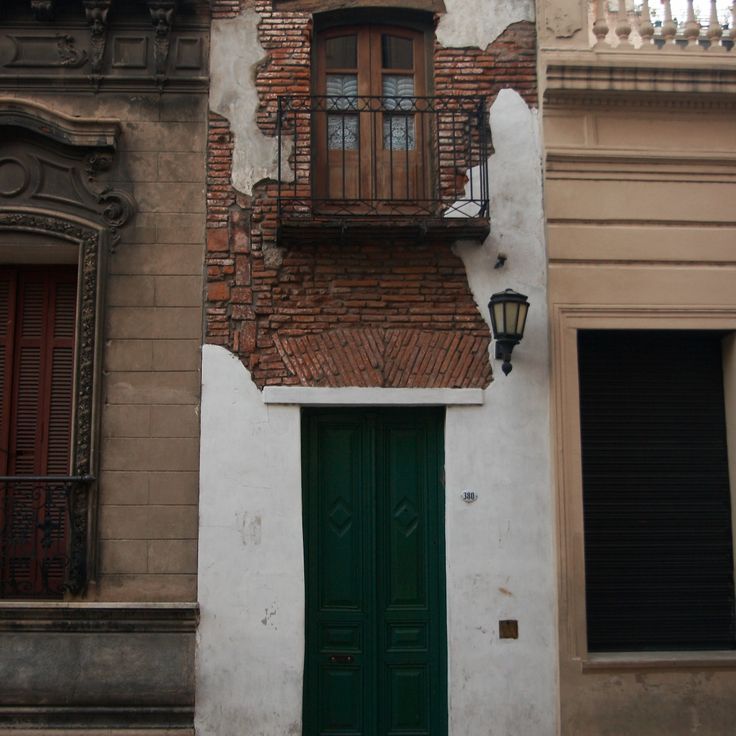
San Telmo, Argentina
Casa Mínima is the narrowest residential house in Buenos Aires, measuring only 2.50 meters in width. This historical building was constructed during the colonial period in the 18th century and is located on Calle San Lorenzo in the San Telmo neighborhood. The two-story structure originally served as living quarters for freed slaves. Today, Casa Mínima stands as a testament to the urban planning peculiarities and social history of the Argentine capital, attracting visitors interested in colonial architecture.
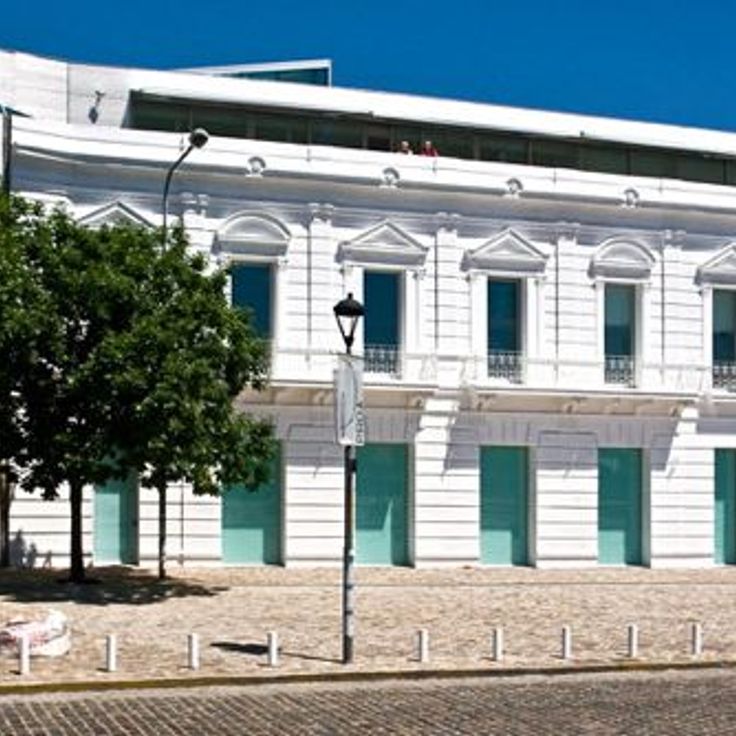
La Boca, Argentina
Fundación Proa occupies a restored 19th-century industrial building in the port neighborhood of La Boca. This art gallery focuses on contemporary art and organizes rotating exhibitions of international artists. The three-story building houses several exhibition spaces, a library, and a café with a terrace overlooking the Riachuelo River. The foundation contributes to the cultural development of this historic neighborhood and attracts art enthusiasts from around the world.
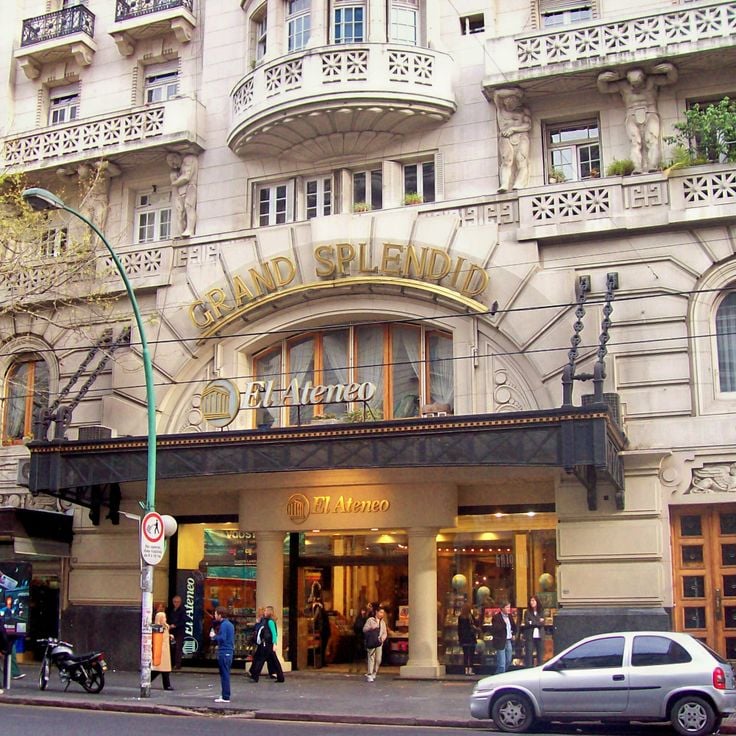
Buenos Aires, Argentina
El Ateneo Grand Splendid occupies a 1919 theater and preserves the building's original architecture. The ceiling frescoes by Italian artist Nazareno Orlandi still adorn the main hall. The former stage now serves as a café, while the boxes and balconies function as reading areas. Red velvet curtains and gilded decorations recall the venue's theatrical past.
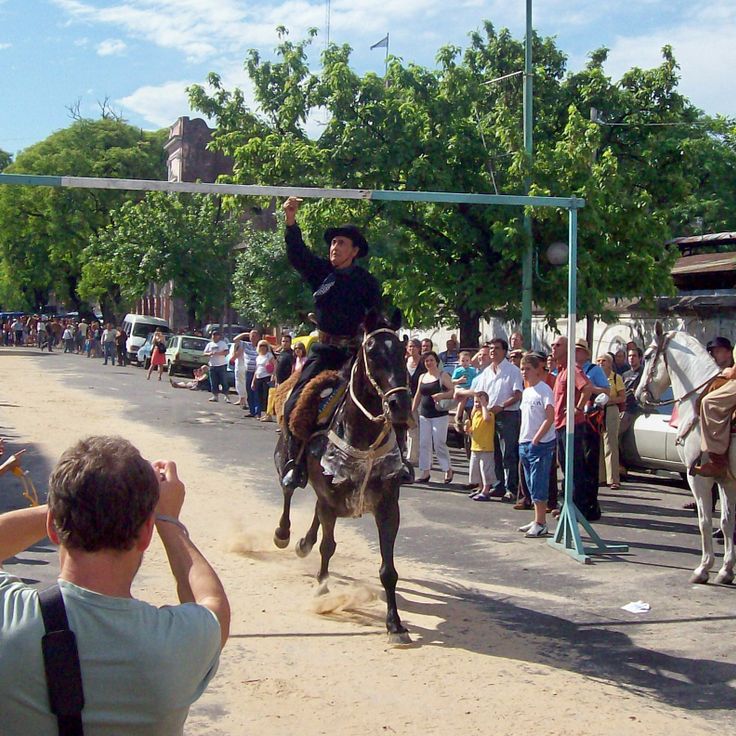
Buenos Aires, Argentina
Feria de Mataderos takes place every Sunday in the neighborhood of the same name and presents the traditions of the Argentine Pampa. This market offers regional food products, leather and silver crafts, and traditional textiles. Visitors can watch gaucho demonstrations with musical performances and folk dances. The stalls sell empanadas, asado, and mate accessories. The market area showcases Argentina's rural culture through horseback riding displays and folkloric presentations.
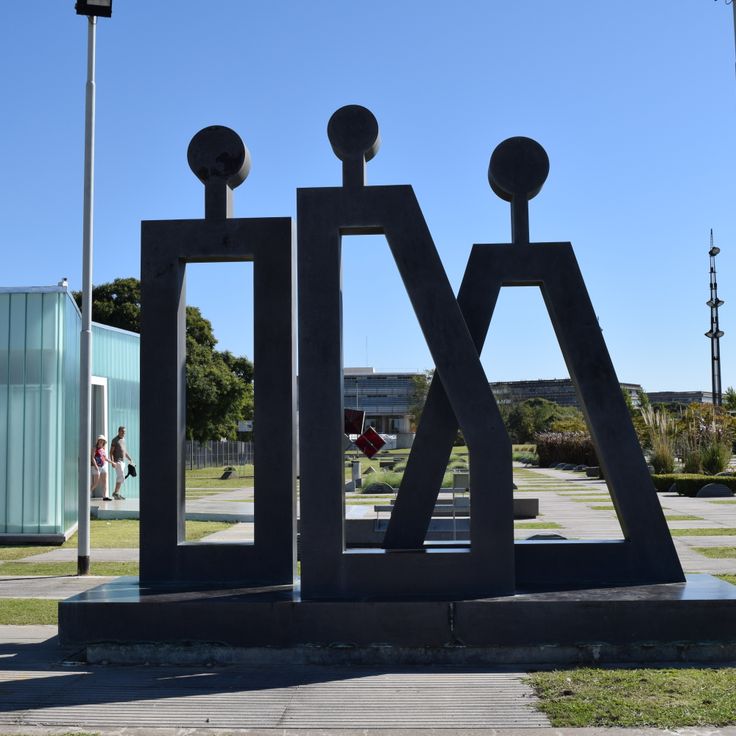
Belgrano, Argentina
The Parque de la Memoria extends along the Río de la Plata waterfront and was inaugurated in 2007. The park features memorial walls made of Corten steel inscribed with over 30,000 names of victims of state terrorism. Various sculptures by Argentine and international artists are displayed throughout the grounds, addressing themes of human rights and memory. The park serves as a space for reflection on the crimes committed during the military dictatorship from 1976 to 1983.
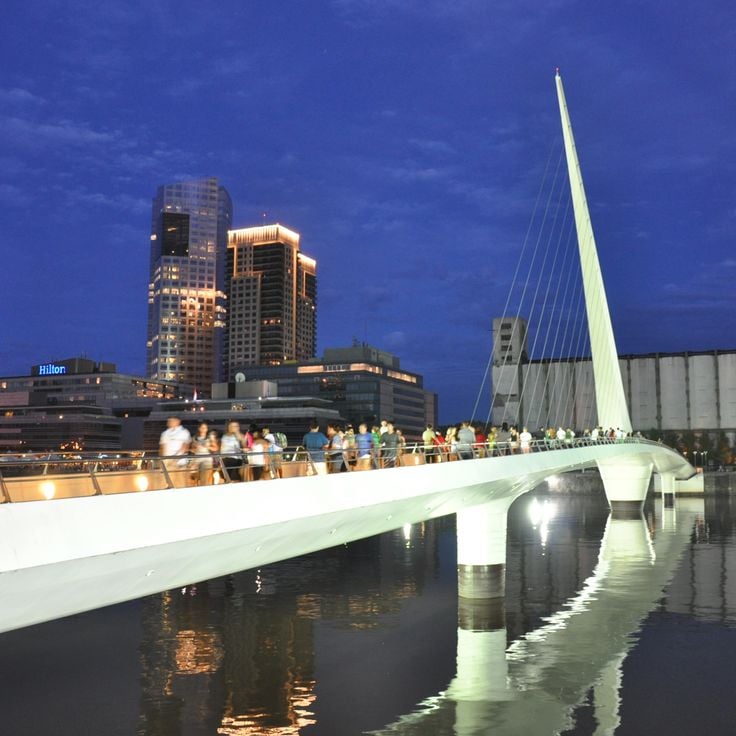
Puerto Madero, Argentina
The Puente de la Mujer is a pedestrian bridge connecting both banks of Dique 3 in Puerto Madero. Spanish architect Santiago Calatrava designed this steel and concrete structure, inaugurated in 2001. The asymmetric cable-stayed bridge reaches a height of 39 meters and spans 160 meters in length. The central section can rotate to allow ships to pass through. The white structure represents a stylized figure reminiscent of a dancing couple.
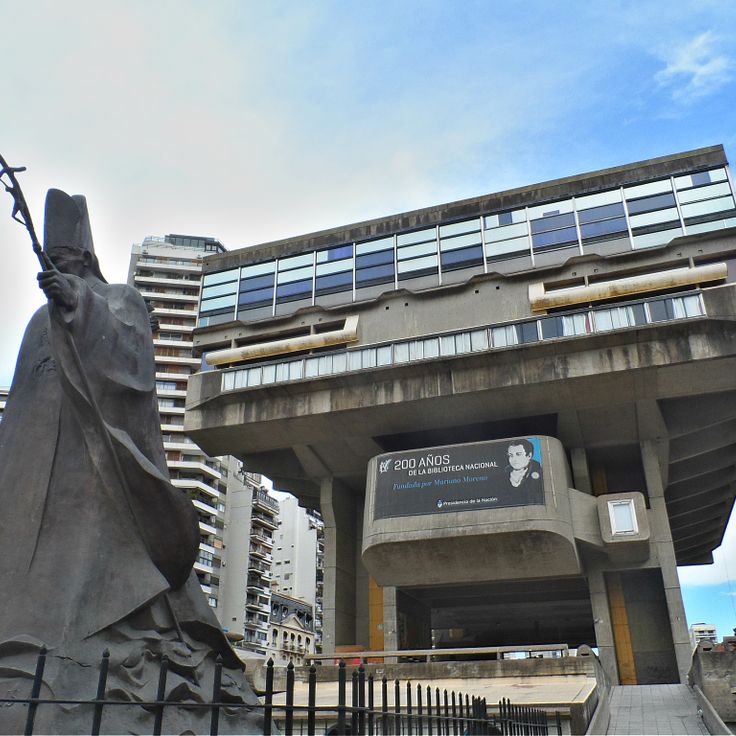
Recoleta, Argentina
The Mariano Moreno National Library was founded in 1810 and serves as Argentina's national library. Its collection includes over 2 million books, historical manuscripts, and archives. The current building was constructed between 1962 and 1992 following designs by architects Clorindo Testa, Francisco Bullrich, and Alicia Cazzaniga. The concrete structure rises on four massive pillars and creates a distinctive silhouette in the Recoleta neighborhood. The institution preserves important documents related to Argentine history and Latin American culture.
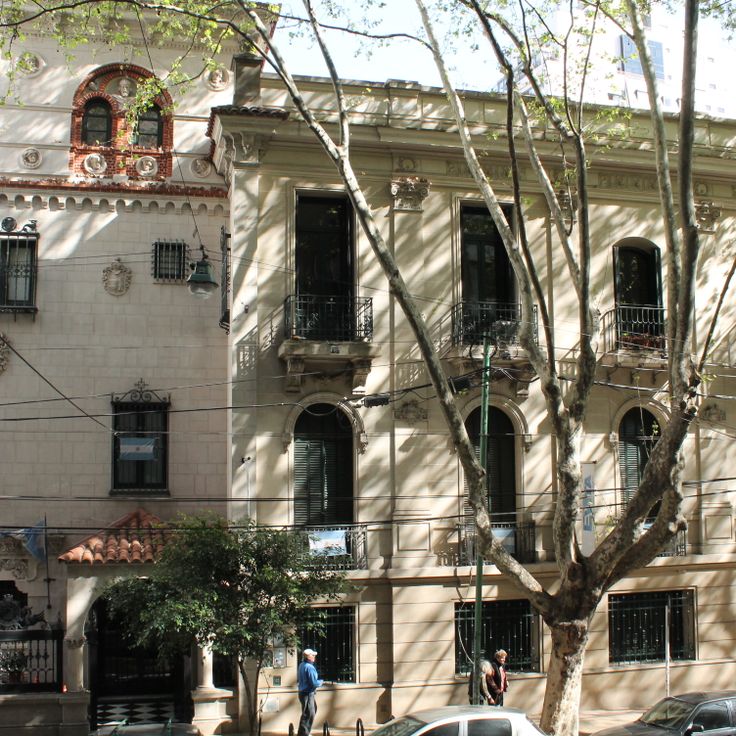
Palermo, Argentina
The museum occupies a renovated early 20th-century building in the Palermo neighborhood. The collection includes over three thousand items from Eva Perón's life, including Christian Dior dresses, jewelry, letters, and photographs. The Musée Evita documents her political role in the Peronist movement and her social work through the Eva Perón Foundation. The permanent exhibition follows a chronological path from her childhood to her death in 1952.

Buenos Aires, Argentina
Abasto Shopping occupies the former fruit and vegetable market of the Abasto neighborhood, where Carlos Gardel began his career. The 1930s building was converted into a shopping center housing over 200 stores. The architecture preserves elements of the original market structure, including high ceilings and wide corridors. A museum commemorates the tango history of the neighborhood. The center features cinemas, restaurants, and a children's play area.
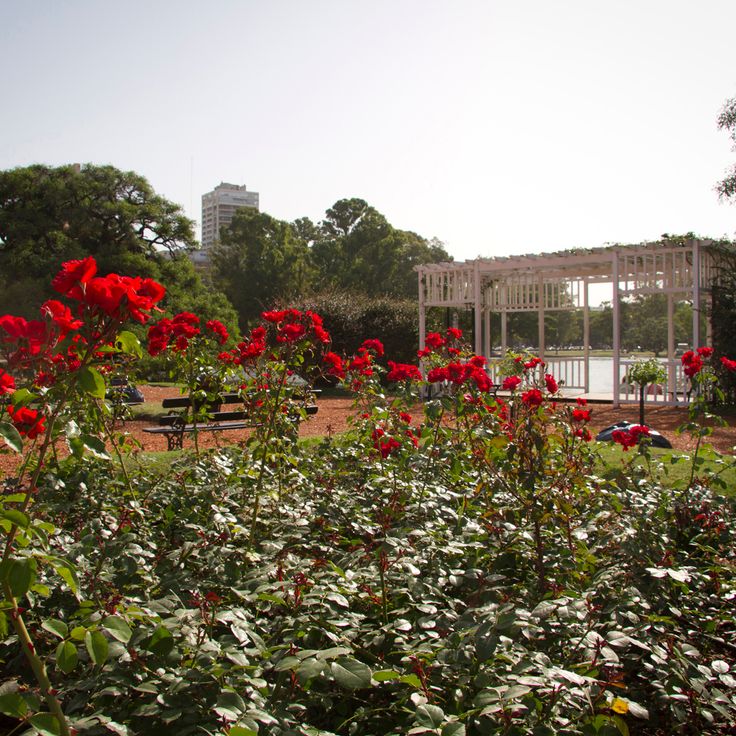
Palermo, Argentina
Parque Tres de Febrero spans 400 hectares in the Palermo neighbourhood and offers extensive green spaces with walking paths, lakes and botanical gardens. The park includes several rose gardens with over 18,000 rose bushes, a Japanese garden featuring traditional bridges and ponds, and the Galileo Galilei Planetarium. Visitors can rent rowboats on the artificial lakes or explore numerous sculptures distributed throughout the grounds. Established in 1875 on the former estate of dictator Juan Manuel de Rosas, the park now serves as a central recreational area for Buenos Aires residents.
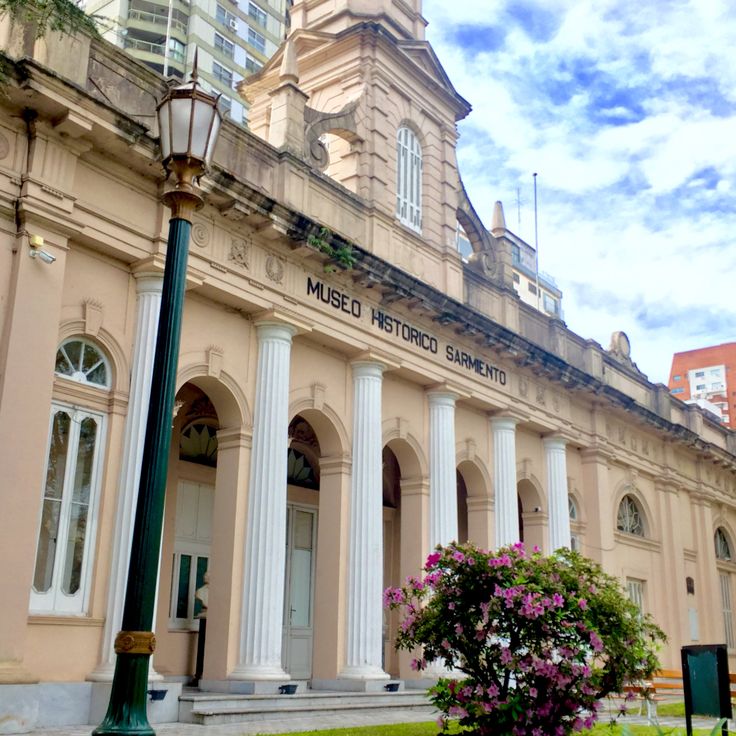
Belgrano, Argentina
The Museo Histórico Sarmiento occupies the former residence of Domingo Faustino Sarmiento, who served as Argentina's seventh president and reformed the country's education system. The museum opened in 1938 and displays personal belongings, documents, furniture, and photographs from Sarmiento's life. The collection documents his political career, educational ideas, and influence on 19th-century Argentine society. The building itself dates from 1875 and preserves the original layout and furnishings of the living quarters.

Buenos Aires, Argentina
The Kavanagh Building was completed in 1936 and stood as South America's tallest skyscraper for several years, reaching 120 meters in height. Architect Gregorio Sánchez Negrete designed this slender residential tower in rationalist style with a distinctive stepped facade. Located in the Retiro neighborhood at Plaza San Martín, the building contains thirteen floors housing 105 apartments. Developer Corina Kavanagh financed the project with her personal fortune. The reinforced concrete structure enabled a modern construction method for its time, eliminating the need for load-bearing interior walls.
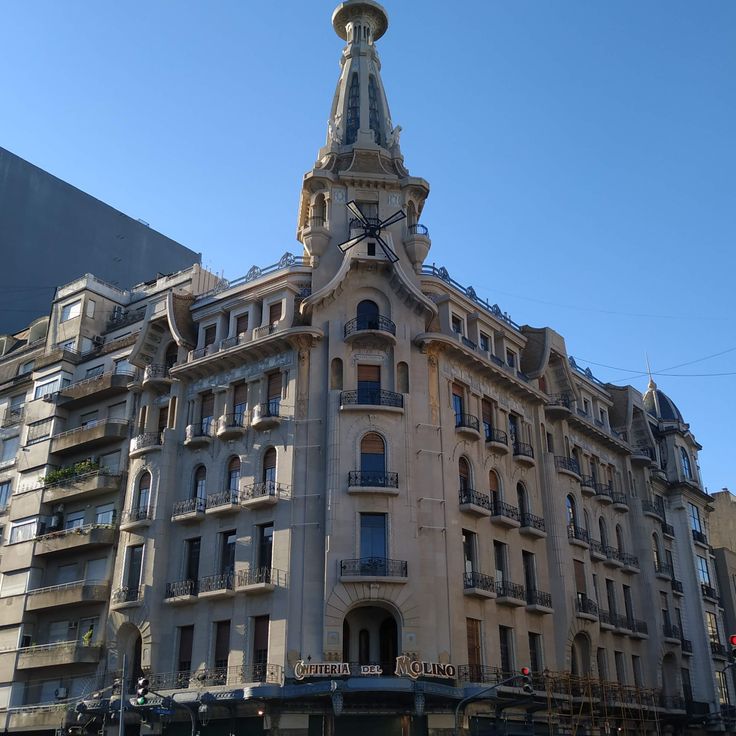
Buenos Aires, Argentina
Confitería del Molino is a historic café and bakery located in the Congreso neighborhood. Opened in 1917, the building underwent restoration between 2014 and 2023 after years of deterioration. The facade displays characteristic Art Nouveau elements with decorative ornaments and a distinctive dome. Inside, visitors find restored rooms featuring stained glass windows, wood paneling, and period furniture. The establishment sits opposite the Congress building and played an important role in the political and cultural life of the city. Today, visitors can tour the historic halls and enjoy traditional Argentine pastries in the café.
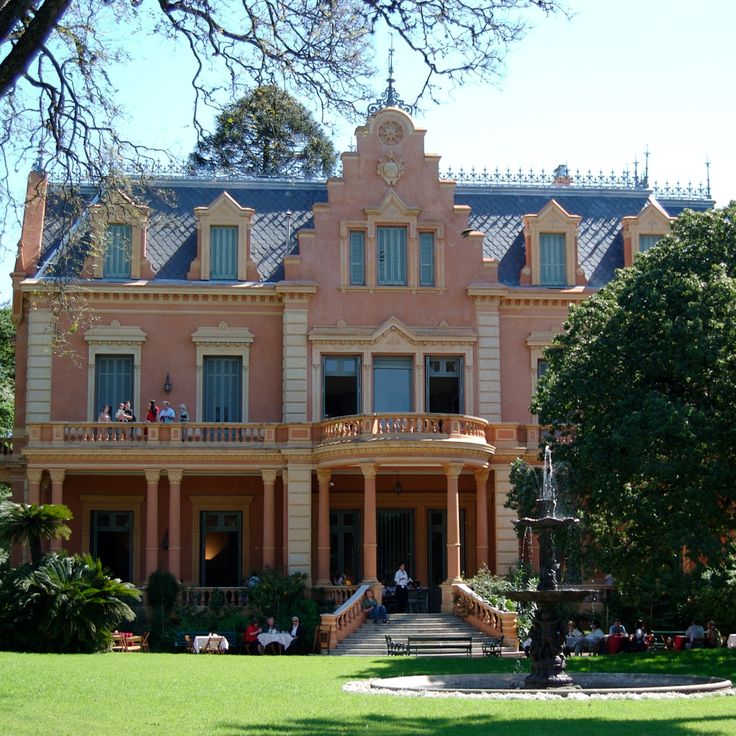
San Isidro, Argentina
Villa Ocampo was built in 1891 for Argentine writer and cultural patron Victoria Ocampo. The two-story Beaux-Arts mansion features a white facade and French windows, serving for decades as a meeting place for international intellectuals including Rabindranath Tagore, Igor Stravinsky, and Albert Camus. The residence contains spacious salons with original furnishings, an extensive library, and maintained gardens along the Río de la Plata. Since 2003, Villa Ocampo has operated as a UNESCO-protected cultural center hosting exhibitions, literary events, and guided tours through the historical rooms. The estate documents the central role Victoria Ocampo played in twentieth-century Latin American cultural history.

Buenos Aires, Argentina
Tierra Santa is a religious theme park located on the banks of the Río de la Plata, recreating Jerusalem during the time of Jesus. The park presents scenes from the Old and New Testament with life-sized figures and reproductions of biblical buildings. Visitors can walk through reconstructed streets of the ancient city, observe a mechanical Christ statue that rises from a mountain three times daily, and experience representations of religious episodes. The complex includes replicas of the Temple of Jerusalem, the Western Wall, and other religious sites.
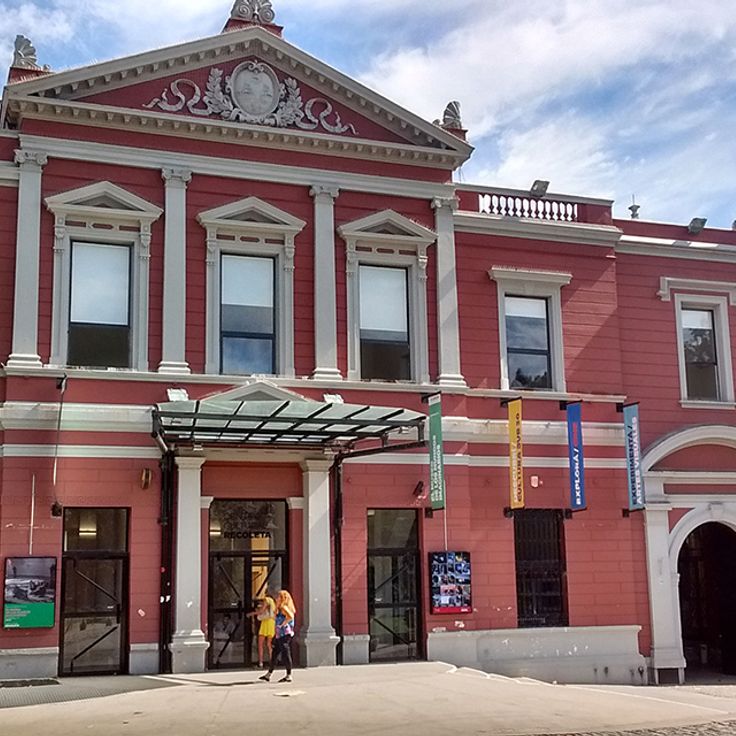
Buenos Aires, Argentina
Centro Cultural Recoleta occupies a former 18th-century monastery in the Recoleta neighborhood. This cultural center provides exhibition spaces for contemporary art, theater and music events, and workshops covering various artistic disciplines. The facility includes multiple galleries, an auditorium, and an interior courtyard. The center promotes Argentine artists and regularly organizes free events open to the public.
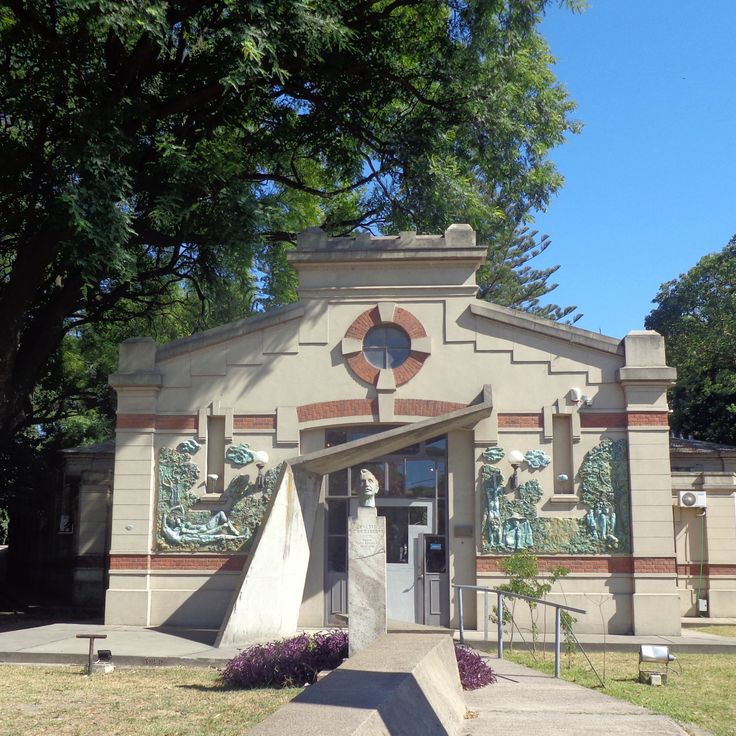
Buenos Aires, Argentina
The Musée de Calcos et Sculpture Comparée houses an extensive collection of plaster casts of important sculptures from different periods and cultures. This institution allows visitors to study masterpieces of sculpture from Europe, Asia and the Americas without needing to visit the originals. The replicas span works from antiquity to modern times and serve as an educational resource for art historians and interested visitors.
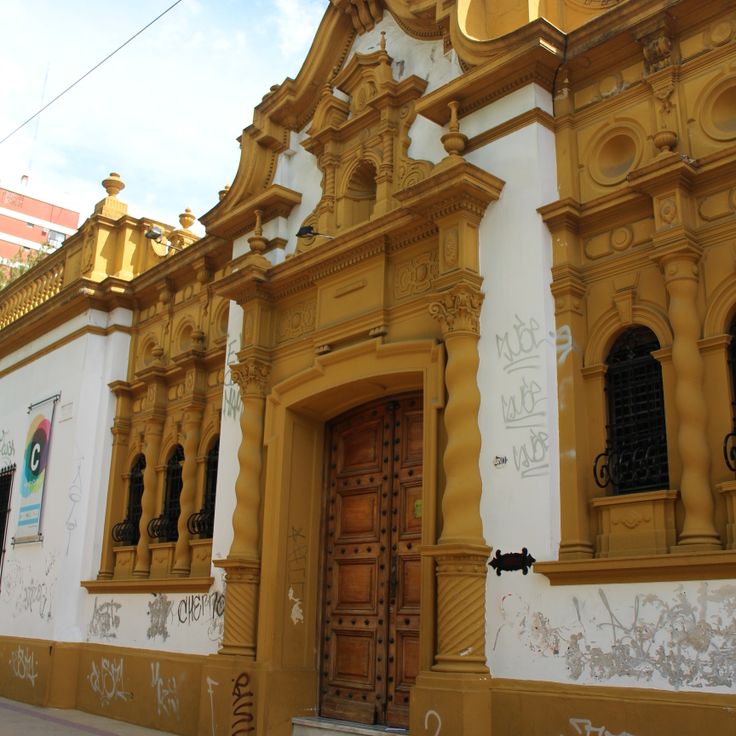
Belgrano, Buenos Aires, Argentina
The Casa Museo de Rogelio Yrurtia occupies an elegant building in the Belgrano neighborhood that served as the residence and studio of the Argentine sculptor. The museum displays a significant collection of his sculptures, drawings, and personal belongings. The rooms preserve the original furnishings and provide insight into the artist's life and creative process. The adjoining garden houses additional outdoor works. The house was bequeathed to the city of Buenos Aires in 1949 and opened to the public as a museum.

Buenos Aires, Argentina
The Archive et Musée Historiques du Banco Provincia documents the history of one of Argentina's oldest financial institutions. This institution preserves documents, photographs, and objects that trace the development of banking since its establishment in 1822. The collection includes historical banknotes, contracts, correspondence, and technical equipment from different periods. The museum displays the economic transformation of Buenos Aires and the bank's role in financing infrastructure projects. Visitors can explore the architectural details of the building and gain insights into Argentine economic history.
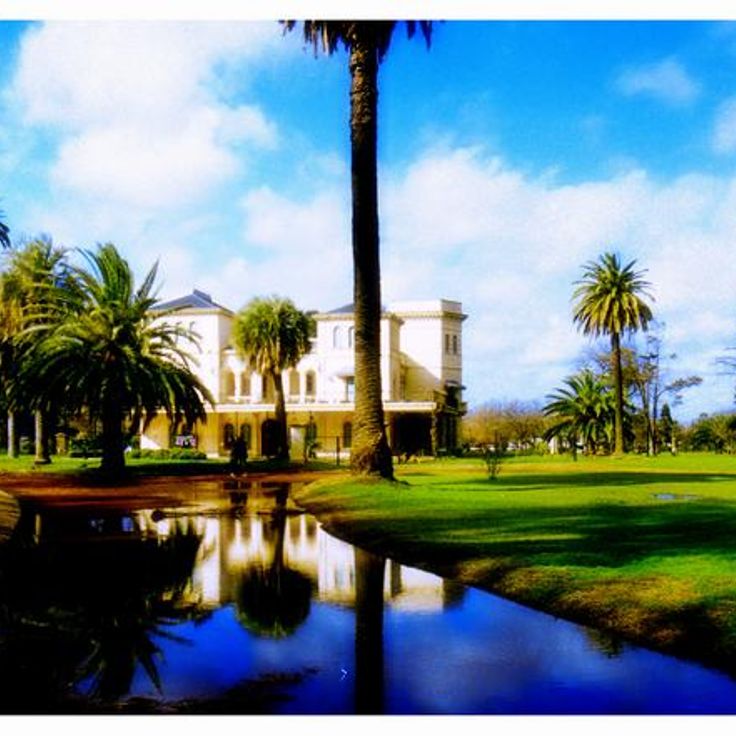
Boedo, Buenos Aires, Argentina
Parque Nicolás Avellaneda covers 24 hectares in the Boedo neighborhood and provides residents of Buenos Aires with a recreational space away from tourist crowds. This park was inaugurated in 1914 and includes sports facilities, playgrounds, green spaces, and a small lake. The grounds are mainly used by local residents who come here to jog, play football, or picnic with their families. The park suits visitors seeking to experience authentic daily life in a traditional working-class neighborhood of Buenos Aires.
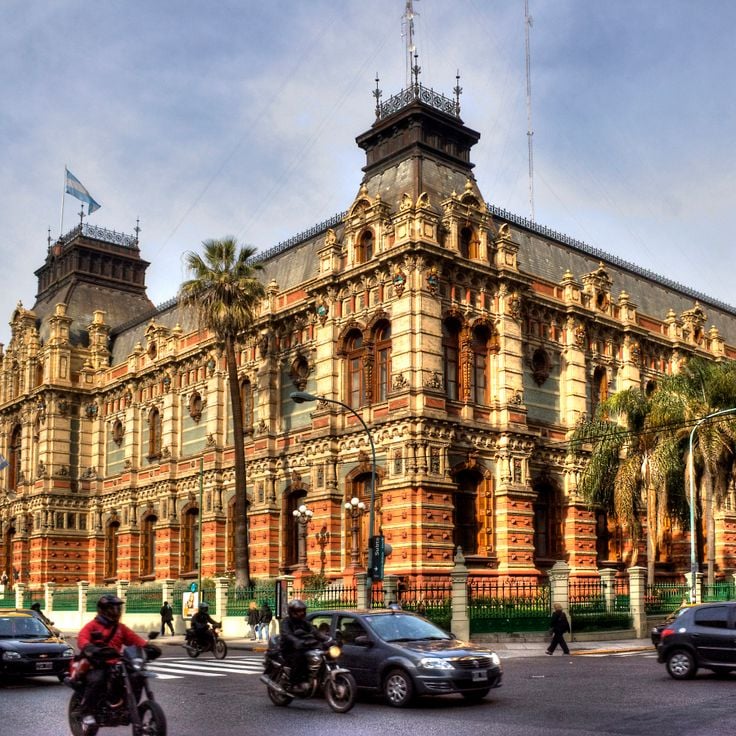
Buenos Aires, Argentina
The Palacio de Aguas Corrientes was constructed between 1887 and 1894 to house the city's water tanks. The building occupies an entire block and displays a facade decorated with 300,000 glazed ceramic tiles imported from England. The polychrome decoration combines terracotta elements with majolica in various colors. Inside, the Museo del Agua y de la Historia Sanitaria documents the development of Buenos Aires' water supply system from the 19th century to the present day. The collection includes historical pumps, pipes, and technical equipment that illustrate the evolution of urban infrastructure.
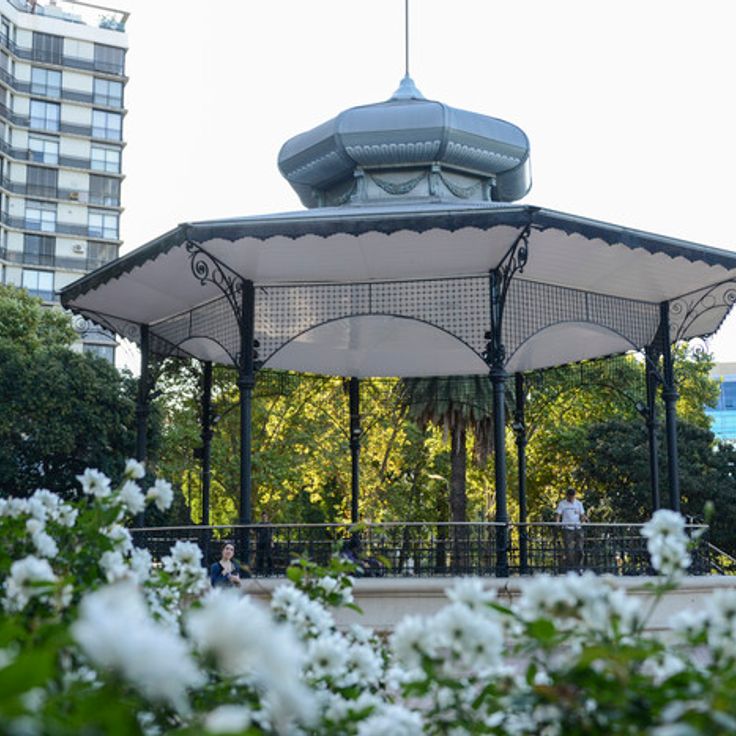
Belgrano, Argentina
La Glorieta de Belgrano is a music pavilion located in the Belgrano neighborhood on Plaza Barrancas de Belgrano. This covered bandstand from the early 20th century serves as a gathering point for tango dancers and music enthusiasts. Every Sunday afternoon, locals and visitors meet here to dance traditional tango and enjoy live music. The pavilion was restored in the 1980s and maintains its historical character with wrought iron details and an octagonal roof. The surrounding area with mature trees and green spaces provides a setting for these free dance events that form part of the neighborhood's culture.
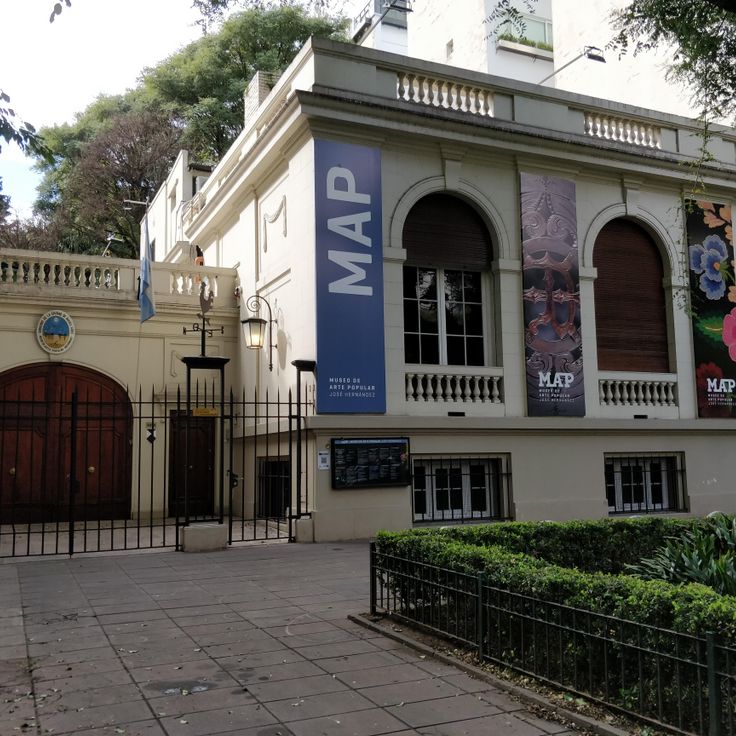
Palermo, Argentina
The Musée d'Art Populaire José Hernández presents an extensive collection of traditional artworks and handcrafted objects from various regions of Argentina. The exhibitions feature textiles, ceramics, silverwork, and wood carvings created by indigenous communities and local artisans. The museum documents the crafting techniques and cultural practices of Argentina's provinces and provides insight into the country's regional folk art.
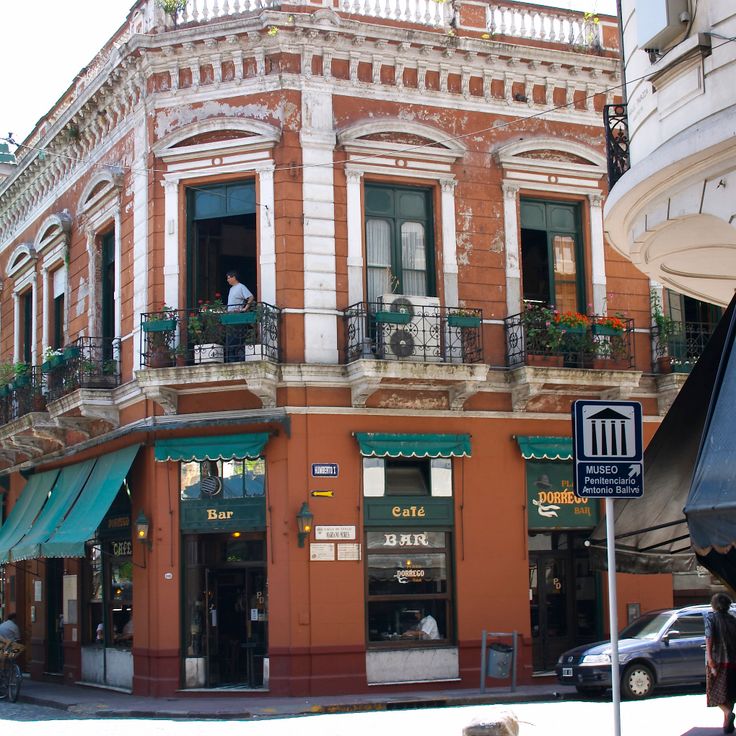
San Telmo, Argentina
Bar Plaza Dorrego was established in 1869 and ranks among the oldest establishments in Buenos Aires. This traditional meeting place in the heart of San Telmo offers direct views of Plaza Dorrego from its terrace, where the famous antiques market takes place every Sunday. The bar preserves its original interior with wooden furniture and historical photographs on the walls. Visitors can enjoy Argentine beverages and tapas while watching the activity in the square.